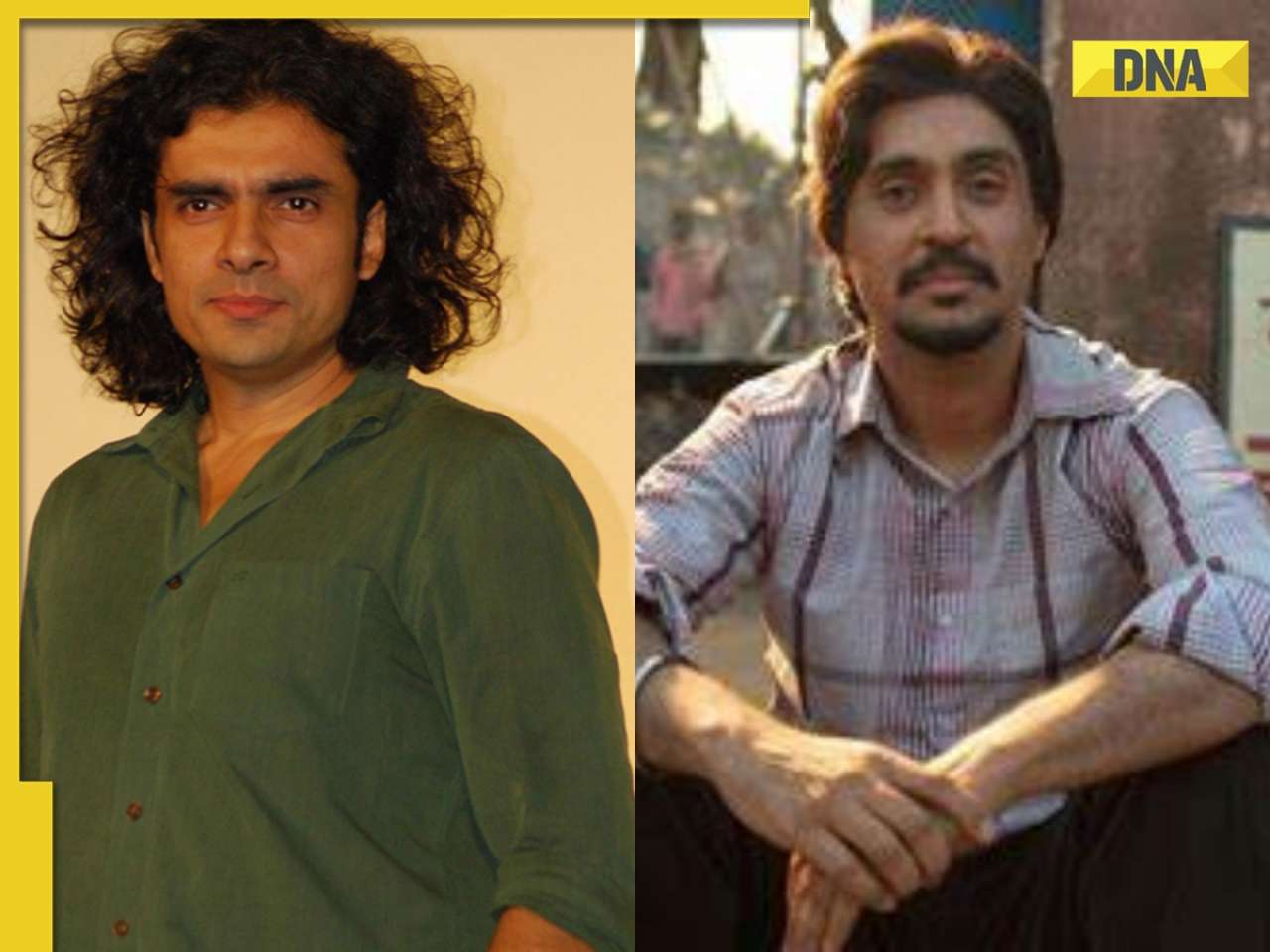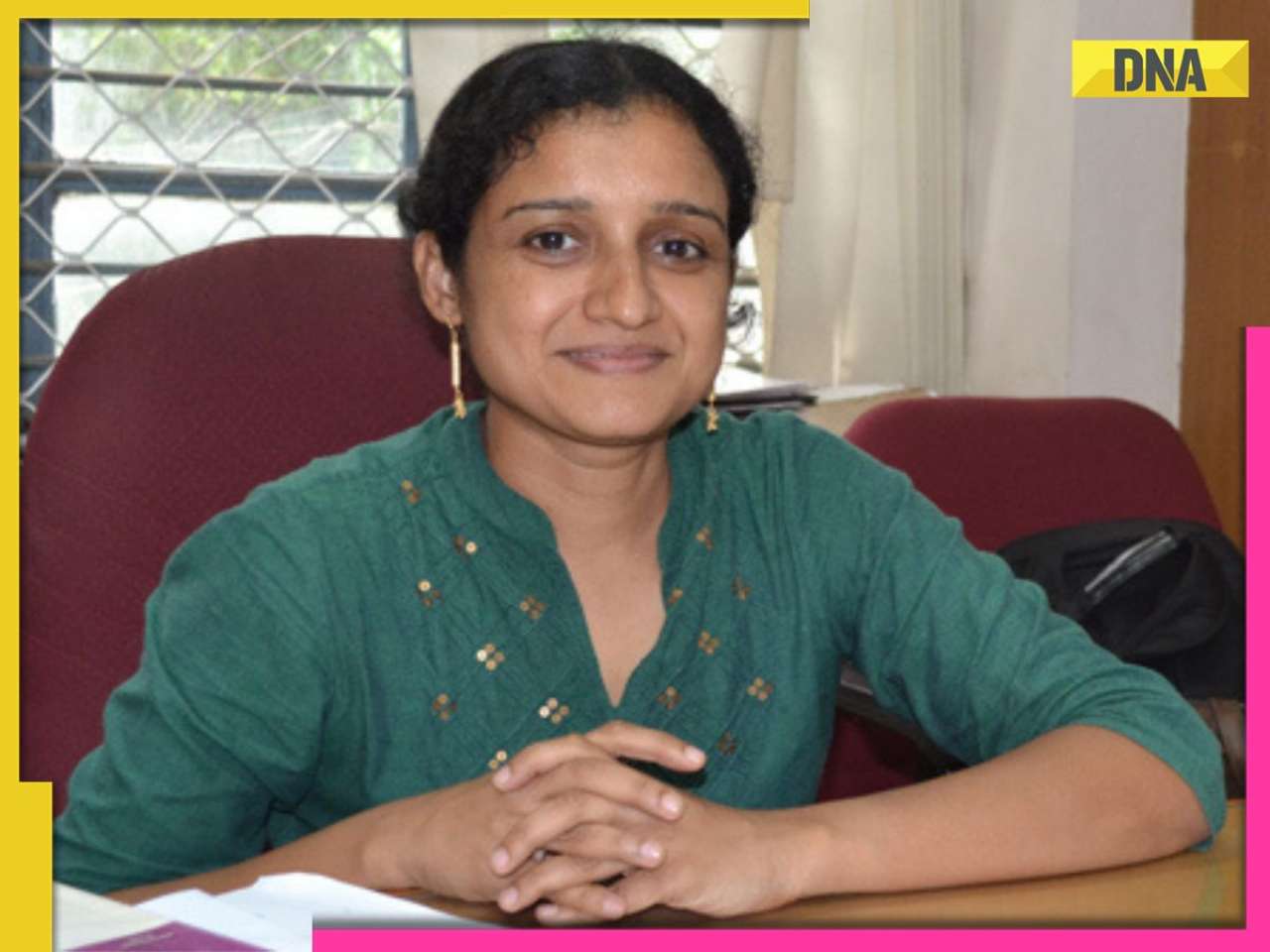Gangadharan Menon spends a weekend in a tribal village up on the Western Ghats and comes away rejuvenated in body and spirit
The presiding deity of this tribal village is a goddess called Zakubai, a goddess so powerful that she took it upon herself to protect the five villages of this hilly area, without any help from any of the male gods. Legend has it that she even went to the extent of decreeing that the idols of Hanuman be removed from these five villages. To this day, the five banished idols are kept on the banks of a river, near a village called Khadki, all with their faces down. If ever anyone attempts to make the idols stand upright, by the next morning, they are found lying flat on their faces again!
So it came as a bit of a paradox to me that the village is named Purushwadi, despite its matriarchal roots and tribal goddess. It is said that earlier it was called Pur-unch-wadi, which means the village on top of the mountains. It appears that with the gradual rise of a male-dominated society, it was conveniently changed to Purushwadi!
The village is about 180 km from Mumbai, beyond Igatpuri, in Ahmednagar district. It's one of the villages adopted by Grassroutes, an organisation that has been promoting village tourism in this tribal belt.
It's a picturesque village of 109 houses in which the tribal community of Mahadeo Kolis lives in harmony with nature. Here again, there is a paradox. Their traditional protector is a tribal goddess, but the tribe itself is named after a mainstream god: Mahadeo or Lord Shiva. The fact that these tribals now trek to the Bhairavnath temple about 20 km away for blessings, points to the influence of mainstream religion on their beliefs.
Bare necessities
In 2006, only a handful of households joined the Village Tourism Committee. Today over 60 households welcome guests to stay with them and experience what it is to live in a tribal village. To make sure that the guests don't experience a culture shock, the housekeepers, the cooks and the guides have been trained.
So, whether you stay in the tents pitched in the wheat fields on the outskirts of the village, or in the houses in the village itself, you can expect the basics: clean toilets, clean towels, safe water to drink, hot water to bathe in, clean mattresses and bedsheets, and even a green salad along with the otherwise authentic, rustic food.
Our host was a lady called Jijabai, whose husband Punaji was the clerk of the Panchayat. All our meals were cooked and served in their home. I thought the disarming, perpetual smile on her face was because we were her special guests. But once I moved around the village, I realized that Mahadeo Kolis are an extremely friendly and warm people. The best part was that they continued with their regular activities, unmindful of our presence: filling water in their pots, cutting wood, harvesting in the wheat fields, milking their cattle. It was a real slice of village life, and not a show that was specially put up for us. It reminded me of the Masais of Kenya who have got used to guests coming into their villages, and who live out their life in the open, in front of a hundred inquisitive eyes.
Local flora
It was at the village square that I met Datta, an authority on the local flora and fauna. Apart from introducing us to the various plants and trees endemic to the area, he also told us about the local varieties of wheat and paddy, and how the import of hybrid seeds into the area had already resulted in three of the endemic rice varieties becoming extinct. But despite the advent of mainstream agriculture, some local species have survived. And whenever someone in the village falls ill, they ensure that only those local species of rice are given to the patient, till she fully recovers.
Datta also told us about the adverse impact of an afforestation scheme that went awry. The tribals were asked to plant saplings of eucalyptus, acacia and jatropha on a barren hillock. These grew rapidly and spread to the farmlands, guzzling water.
In contrast, a water conservation effort has proved successful. By digging trenches at various levels on all the adjoining hills, the flow of rainwater has been checked, ensuring the top soil is retained and more water is absorbed into the soil, thereby improving the groundwater resources. The motto is simple: 'If the water is running, make it jog; if the water is jogging, make it walk; if the water is walking; make it stop!'
High point
A highlight of the visit was a trek to the highest point in the region. On our way to the top, we came across many sacred stones marked in saffron. Made of all shapes and sizes, these were the original idols of the adivasis. An insight into their beliefs was provided by our adivasi guide.
As the sun slowly started dipping behind the Western Ghats, the vast landscape of dried up grass on the hilltop became a gorgeous tapestry woven with endless golden threads. And when we started our descent, our weary path was lit up by the rising full moon, as it was the night of Holi.
The next morning, we climbed down the mountain slopes lined with mango trees in full bloom, to reach a crystal clear river. For a river of such beauty, it had a phonetically ungainly name: Kurkundi.
A dip and a swim in the chilled blue waters did wonders to rejuvenate us and we walked briskly to the village for our breakfast.
The tribals were getting ready for five days of festivities packed with various rustic competitions. The first one was to lift one of the three perfectly round boulders that were kept at the village square. And the boulders weighed 25 kg, 50 kg, and one was well over 100 kg. This was followed by kabaddi matches, wrestling bouts, and you guessed it right, the mainstream sport: cricket.
![submenu-img]() This singer left Air Force, sang at churches, became superstar; later his father killed him after...
This singer left Air Force, sang at churches, became superstar; later his father killed him after...![submenu-img]() Indian-origin man says Apple CEO Tim Cook pushed him...
Indian-origin man says Apple CEO Tim Cook pushed him...![submenu-img]() Anil Ambani’s Rs 96500000000 Reliance deal still waiting for green signal? IRDAI nod awaited as deadline nears
Anil Ambani’s Rs 96500000000 Reliance deal still waiting for green signal? IRDAI nod awaited as deadline nears![submenu-img]() Most popular Indian song ever on Spotify has 50 crore streams; it's not Besharam Rang, Pehle Bhi Main, Oo Antava, Naina
Most popular Indian song ever on Spotify has 50 crore streams; it's not Besharam Rang, Pehle Bhi Main, Oo Antava, Naina![submenu-img]() Did Diljit Dosanjh cut his hair for Amar Singh Chamkila? Imtiaz Ali reveals ‘he managed to…’
Did Diljit Dosanjh cut his hair for Amar Singh Chamkila? Imtiaz Ali reveals ‘he managed to…’ ![submenu-img]() DNA Verified: Is CAA an anti-Muslim law? Centre terms news report as 'misleading'
DNA Verified: Is CAA an anti-Muslim law? Centre terms news report as 'misleading'![submenu-img]() DNA Verified: Lok Sabha Elections 2024 to be held on April 19? Know truth behind viral message
DNA Verified: Lok Sabha Elections 2024 to be held on April 19? Know truth behind viral message![submenu-img]() DNA Verified: Modi govt giving students free laptops under 'One Student One Laptop' scheme? Know truth here
DNA Verified: Modi govt giving students free laptops under 'One Student One Laptop' scheme? Know truth here![submenu-img]() DNA Verified: Shah Rukh Khan denies reports of his role in release of India's naval officers from Qatar
DNA Verified: Shah Rukh Khan denies reports of his role in release of India's naval officers from Qatar![submenu-img]() DNA Verified: Is govt providing Rs 1.6 lakh benefit to girls under PM Ladli Laxmi Yojana? Know truth
DNA Verified: Is govt providing Rs 1.6 lakh benefit to girls under PM Ladli Laxmi Yojana? Know truth![submenu-img]() Alia Bhatt wears elegant saree made by 163 people over 1965 hours to Met Gala 2024, fans call her ‘princess Jasmine’
Alia Bhatt wears elegant saree made by 163 people over 1965 hours to Met Gala 2024, fans call her ‘princess Jasmine’![submenu-img]() Jr NTR-Lakshmi Pranathi's 13th wedding anniversary: Here's how strangers became soulmates
Jr NTR-Lakshmi Pranathi's 13th wedding anniversary: Here's how strangers became soulmates![submenu-img]() Streaming This Week: Heeramandi, Shaitaan, Manjummel Boys, latest OTT releases to binge-watch
Streaming This Week: Heeramandi, Shaitaan, Manjummel Boys, latest OTT releases to binge-watch![submenu-img]() Remember Ayesha Kapur? Michelle from Black, here's how actress, nutrition coach, entrepreneur looks after 19 years
Remember Ayesha Kapur? Michelle from Black, here's how actress, nutrition coach, entrepreneur looks after 19 years![submenu-img]() Remember Heyy Babyy's cute 'Angel' Juanna Sanghvi? 20 year-old looks unrecognisable now, fans say 'her comeback will...'
Remember Heyy Babyy's cute 'Angel' Juanna Sanghvi? 20 year-old looks unrecognisable now, fans say 'her comeback will...'![submenu-img]() DNA Explainer: Why Harvey Weinstein's rape conviction was overturned, will beleaguered Hollywood mogul get out of jail?
DNA Explainer: Why Harvey Weinstein's rape conviction was overturned, will beleaguered Hollywood mogul get out of jail?![submenu-img]() What is inheritance tax?
What is inheritance tax?![submenu-img]() DNA Explainer: What is cloud seeding which is blamed for wreaking havoc in Dubai?
DNA Explainer: What is cloud seeding which is blamed for wreaking havoc in Dubai?![submenu-img]() DNA Explainer: What is Israel's Arrow-3 defence system used to intercept Iran's missile attack?
DNA Explainer: What is Israel's Arrow-3 defence system used to intercept Iran's missile attack?![submenu-img]() DNA Explainer: How Iranian projectiles failed to breach iron-clad Israeli air defence
DNA Explainer: How Iranian projectiles failed to breach iron-clad Israeli air defence![submenu-img]() This singer left Air Force, sang at churches, became superstar; later his father killed him after...
This singer left Air Force, sang at churches, became superstar; later his father killed him after...![submenu-img]() Most popular Indian song ever on Spotify has 50 crore streams; it's not Besharam Rang, Pehle Bhi Main, Oo Antava, Naina
Most popular Indian song ever on Spotify has 50 crore streams; it's not Besharam Rang, Pehle Bhi Main, Oo Antava, Naina![submenu-img]() Did Diljit Dosanjh cut his hair for Amar Singh Chamkila? Imtiaz Ali reveals ‘he managed to…’
Did Diljit Dosanjh cut his hair for Amar Singh Chamkila? Imtiaz Ali reveals ‘he managed to…’ ![submenu-img]() Watch: Arti Singh gets grand welcome at husband Dipak's house with fairy lights and fireworks, video goes viral
Watch: Arti Singh gets grand welcome at husband Dipak's house with fairy lights and fireworks, video goes viral![submenu-img]() Meet actress, who belongs to family of superstars, quit films after 19 flops, no single hit in 9 years; is still worth…
Meet actress, who belongs to family of superstars, quit films after 19 flops, no single hit in 9 years; is still worth…![submenu-img]() IPL 2024: Suryakumar Yadav's century power MI to 7-wicket win over SRH
IPL 2024: Suryakumar Yadav's century power MI to 7-wicket win over SRH![submenu-img]() DC vs RR, IPL 2024: Predicted playing XI, live streaming details, weather and pitch report
DC vs RR, IPL 2024: Predicted playing XI, live streaming details, weather and pitch report![submenu-img]() Watch: Team India’s new jersey for T20 World Cup 2024 unveiled
Watch: Team India’s new jersey for T20 World Cup 2024 unveiled![submenu-img]() DC vs RR IPL 2024 Dream11 prediction: Fantasy cricket tips for Delhi Capitals vs Rajasthan Royals
DC vs RR IPL 2024 Dream11 prediction: Fantasy cricket tips for Delhi Capitals vs Rajasthan Royals![submenu-img]() IPL 2024: Kolkata Knight Riders take top spot after 98 runs win over Lucknow Super Giants
IPL 2024: Kolkata Knight Riders take top spot after 98 runs win over Lucknow Super Giants![submenu-img]() Indian-origin man says Apple CEO Tim Cook pushed him...
Indian-origin man says Apple CEO Tim Cook pushed him...![submenu-img]() Meet man whose salary was only Rs 83 but his net worth grew by Rs 7010577000000 in 2023, he is Mukesh Ambani's...
Meet man whose salary was only Rs 83 but his net worth grew by Rs 7010577000000 in 2023, he is Mukesh Ambani's...![submenu-img]() Job applicant offers to pay Rs 40000 to Bengaluru startup founder, here's what happened next
Job applicant offers to pay Rs 40000 to Bengaluru startup founder, here's what happened next![submenu-img]() Viral video: Family fearlessly conducts puja with live black cobra, internet reacts
Viral video: Family fearlessly conducts puja with live black cobra, internet reacts![submenu-img]() Woman demands Rs 50 lakh after receiving chicken instead of paneer
Woman demands Rs 50 lakh after receiving chicken instead of paneer















































)
)
)
)
)
)